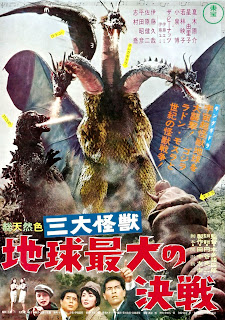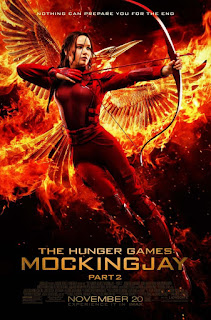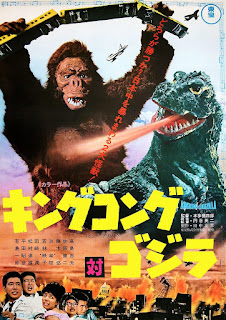Ghidorah, the Three-Headed Monster (1964)

Akira Kurosawa, Toho's prestige director and one of their big moneymakers, failed to deliver his new film Red Beard for the end of of 1964. Thus, instead of one Godzilla film, Japan was blessed with two that year. They also got a bonus: not only was Ghidorah, the Three-Headed Monster a direct sequel to Mothra vs. Godzilla , but it was also a roundabout sequel to 1956's Rodan . Directed by Ishiro Honda, with Eiji Tsubaraya as usual doing the effects work, Rodan was a step forward in the visual department and was notable for being the first kaiju movie in color. To bring everything up to speed, Rodan and his mate were giant pterodactyls. Instead of atomic breath they used their supersonic speed as well as their ability to build up gusts of wind to make a mess of parts of Japan. In the end, after his mate is killed, the male Rodan flies into a volcano and is presumed dead. Meanwhile, Godzilla was defeated by the two offspring of Mothra after she exerted the last of her ene










